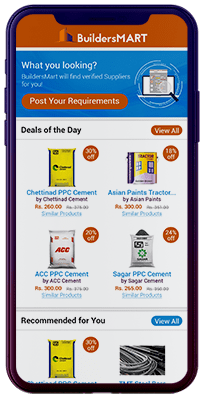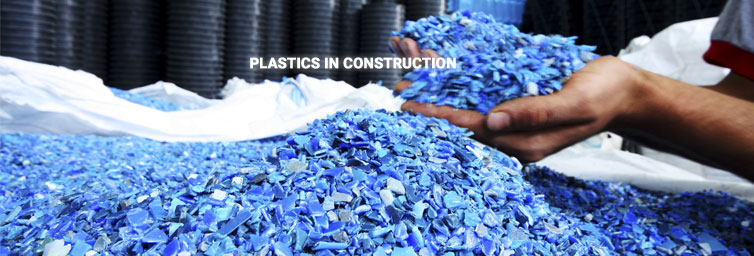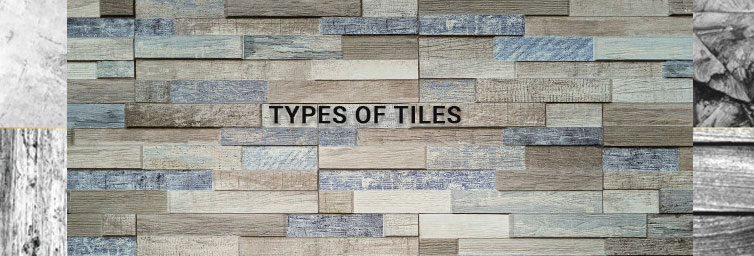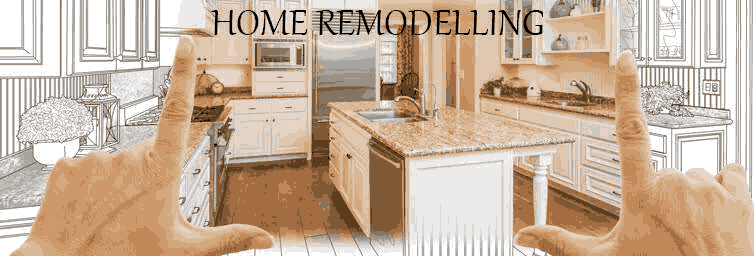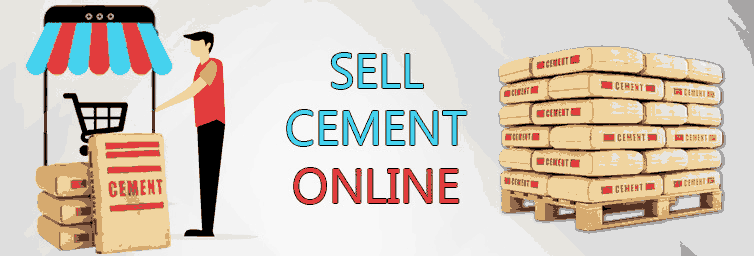You have no items in your shopping cart.
Post Requirement
What is Plastic?
Plastic is a natural or synthetic organic material prepared from resin, which is capable of plastic deformation when heat and pressure are applied to it.
Plastic is a modern industrially-produced material with numerous uses and can be moulded to the required size and shape. It is light in weight and has toughness and good tensile strength.
Nowadays, a variety of plastics have been prepared. At present, there are more than 10,000 varieties of plastics, and their number is increasing day to day which has exceeded the production of metals in the world.
Properties of Plastics
The following are the general properties of plastics:
Colour: Some plastics are fully transparent. They can be made in attractive colours using pigments.
Chemical resistance: They offer great resistance against almost all chemicals and corrosion.
Fire resistance: The materials used in plastics like Phenol formaldehyde and urea formaldehyde resist fire and hence are used as fire-fighting materials.
Dimensional stability: Plastics are dimensionally stable to a great extent as compared with other engineering materials.
Electrical insulation: They are good insulators of electricity and hence extensively used for plugs, switches, etc.
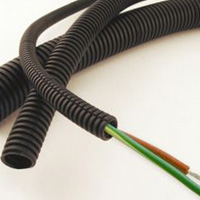
Optical property: Many varieties of plastic are transparent and translucent.
Thermal property: Thermal conductivity of plastic is quite low like wood and stable under low temperatures. Foamed plastics are usually used as thermal insulators.
Ductility: Plastics are not durable under direct sunlight.
Strength: Plastics are reasonably strong. Their tensile strength can be increased by reinforcing them with various fibrous materials.

Plastics are not structurally sound due to the high creep coefficient (extension under prolonged loading) is high and also sensitive to changes in temperature.
Ease in fixing: They can be easily fixed, glued, drilled, bolted and screwed in various positions.
Maintenance: There is no cost of maintenance, as they do not need painting.
Recycling: Many used plastics can be recycled, and the thin plastics that are difficult to recycle can be used in the construction of roads.
Economy: It is an economical material as manufacturing and maintenance cost is less.
There are certain undesirable properties in plastics, as listed below:
- High thermal expansion - it is about ten times as much as steel
- High creep properties
- Lack of durability
- Lack of fire resistance - They emit toxic fumes in case of fire exposure
- Low melting point - Thermoplastics melt at lower temperatures
- Non-suitability for structural members - They are not a popular material for fabrication of structures. If needed, they should be used only with embedded metals like steel.
Uses of Plastics
There are a variety of plastics available in the market for various building works:
PVC Floor Tiles/Sheets
Plastics are used in the form of tiles or sheets for flooring in office buildings as well as in residential and non-residential buildings.
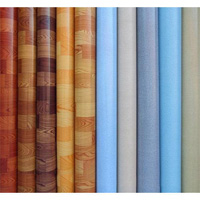
They provide a resilient, decorative and non-porous surface which can be easily cleaned but care should be taken to prevent burning stumps to get into contact with PVC floor material.
Rubber-based adhesives are suitable to fix PVC flooring on concrete, wooden or metal subfloors.
Thermocol sheets
These thermocol sheets are light cellular plastic materials used for sound and heat insulation. Nowadays, they are also used in formworks for concreting to form special features in the structure.
Wall-panelling and internal partitioning
Flat, corrugated and fancy fibre-reinforced plastic (FRP) sheets are available for use as internal partitioning, wall panelling and ceiling panelling.
For doors and windows
FRP doors and windows are commonly used, as they are resistant to water.

Nowadays, because of the cost and scarcity of good timber, traditional wood and door systems are replaced by steel and aluminium. Thermo vinyl polymer sections reinforced with steel are also available in the market.
For Plumbing
Cistern ball floats are always made with plastic. Plastic pipes are used for water supply and also as drainage pipes in buildings.
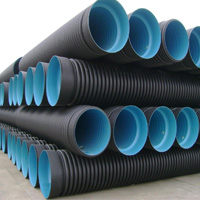
Plastic taps are also popular, and even bathtubs are made with plastic.
Water tanks
These days, overhead PVC storage tanks are used in almost all buildings. Overhead water tanks are made of high-density or low-density polythene (HDPE or LDPE).
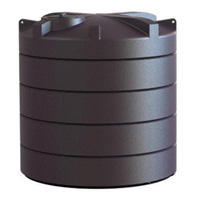
These tanks are generally square or cylindrical in shape and are usually kept exposed to the sun. To make them more resistant to the ultraviolet rays, the plastic is compounded with up to 2.5 per cent carbon black, which makes them black in appearance.
Electrical conduits and insulators
Plastic pipes are used as electrical conduits. Electrical products like switches, switchboards, plugs, and so on are made invariably with plastic.
Temporary shelters
Fibre reinforced plastic (FRP) modular systems are ideally suitable for temporary shelters at project sites, defence shelter, watchman sheds and etc.

Structural Sections
FRP sections are corrosion resistant and used for making partitions, doors and windows.
Plastic roofing sheets
Nowadays, corrugated plastic roofing sheets with or without fibre reinforcements are extensively used as roof covers.

Sheets with reinforcements last longer as they are specially treated for ultraviolet radiation. They are weather resistant and are available in attractive colours.
Waterproofing
Polythene and polyvinyl resins with suitable fillers and plasticizers make excellent films for damp-proofing courses.
Compounding Plastics with Rubber
PVC becomes plasticized and becomes less brittle when it is compounded with synthetic rubber and other compounds. Polystyrene plastics alone are very brittle, but by adding butadiene rubber compound, their performance is greatly improved.
Laminated Plastics
Laminated plastic sheets are also sometimes referred as Formica sheets, as it was one of the first companies that started manufacturing such sheets.
These sheets are used as a hygienic finish for surfaces of cupboards, tables in bars and kitchen. They are also heat resistant and well suited for bathroom fittings, wall decorations, etc.
In the construction industry, plastics are used as components for decoration and also for the repair of damages.
Check Out: Building Material Lime - Types, Properties and Uses
Vani Paspula

